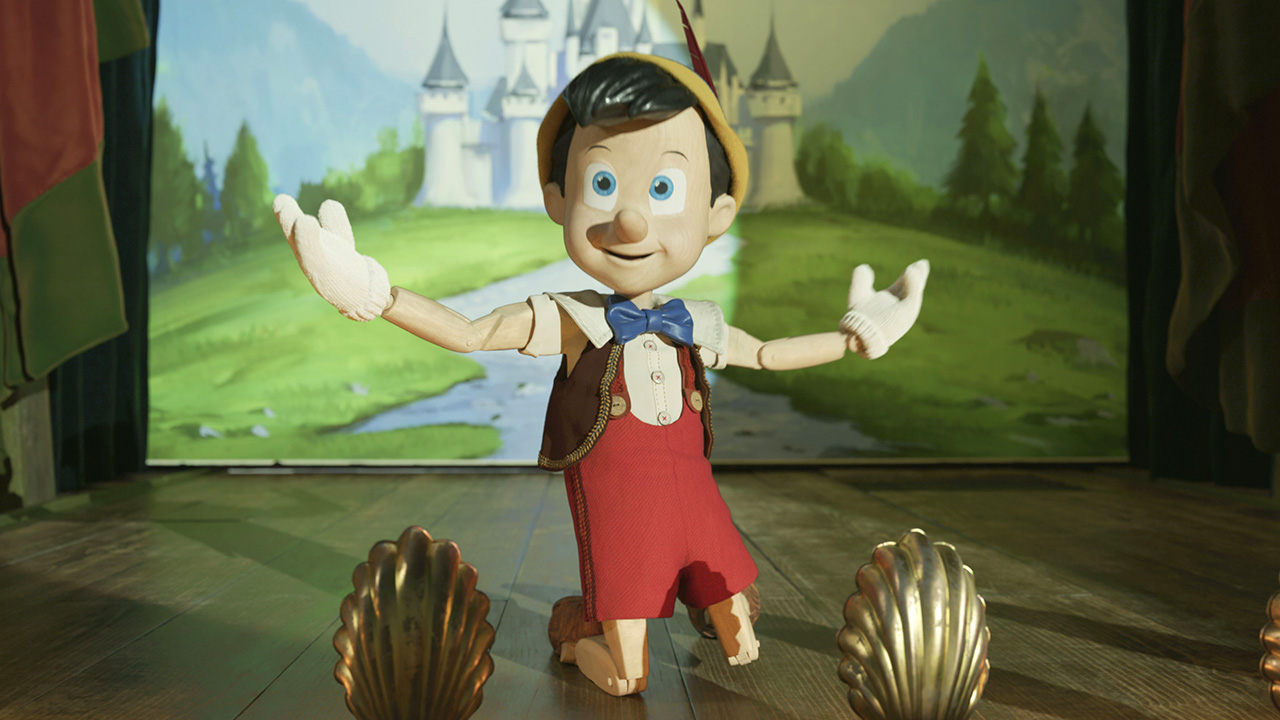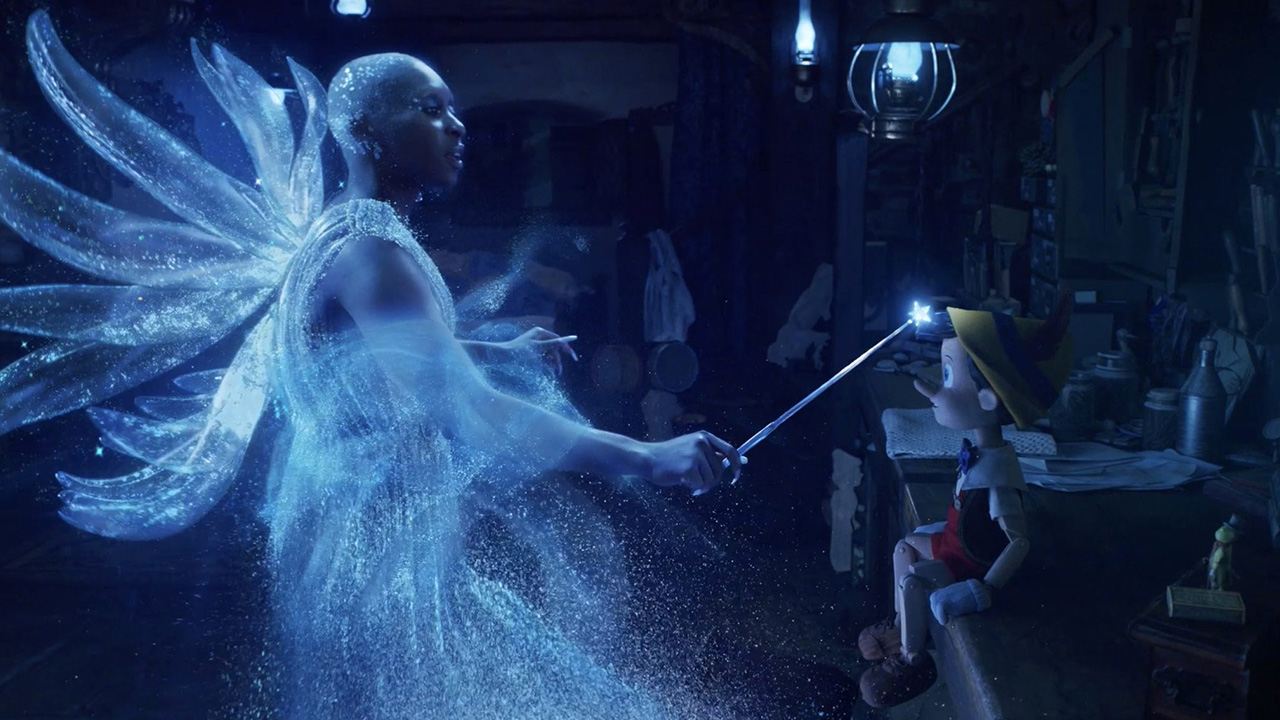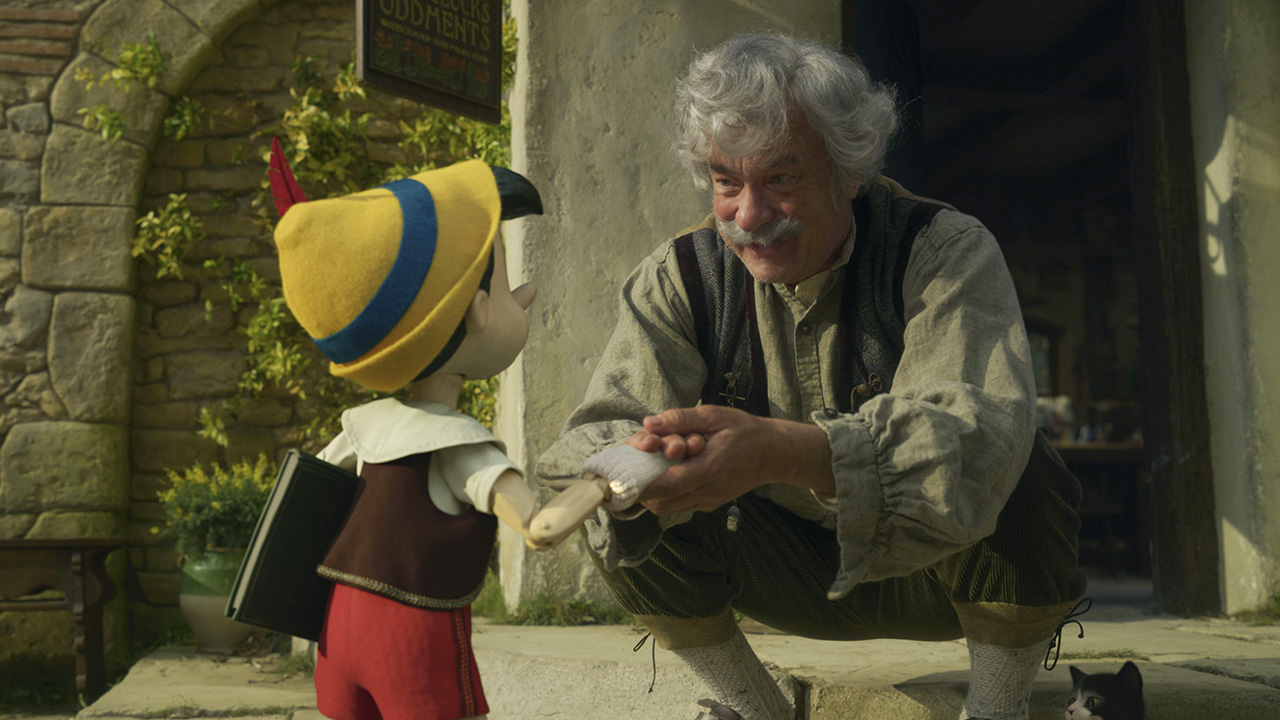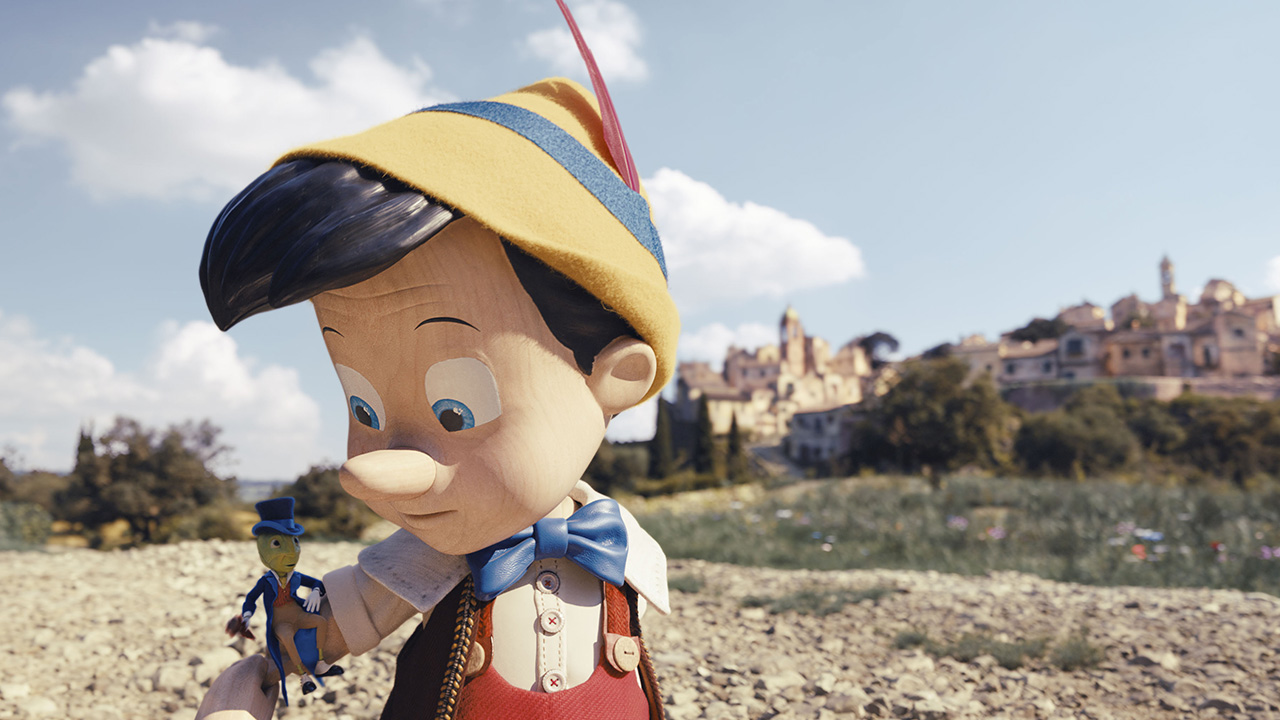The creepy deep-fake Pinocchio will never be a real boy
Zemeckis’ woeful approach with not-so-deep-fake animation visually destroys the narrative.

Robert Zemeckis’ Pinocchio, a “live-action” adaptation of the Walt Disney classic, uses plenty of CGI to achieve a photorealistic look. As Liam Maguren argues, the animation direction results in a creepy and inconsistent look that visually destroys the story.
As Walt Disney Studio’s second feature film, Pinocchio‘s impact on cinema cannot be understated. Combining classical animation with a timeless fairy tale and a good serving of family-friendly body horror, the studio proved that Snow White wasn’t a gimmick. Guided by the belief that they could take audiences young and old to worlds beyond worlds, Pinocchio confirmed animation’s place in big-budget feature filmmaking.
Attempting to recapture that magic in 2022 is, to quote a certain cricket, like wishing upon a star: “A very lovely thought, but not at all practical.” And, really, no one needs to try; the original 1883 Italian tale The Adventures of Pinocchio from Carlo Collodi remains open for interpretation. Guillermo del Toro’s version found its identity through stop-motion and Mussolini’s reign. The upcoming video game Lies of P goes way harder with a gothic aesthetic and Soulsborne gameplay. And recent Russian adaptation Pinocchio: A True Story stands apart for being completely out of its mind.
So what defines Disney’s new Pinocchio? Some flashy action scenes, heavy brand recognition, and total misuse of expensive CG animation.
There’s a lot that will be said (and has already been said) about Robert Zemeckis’ Pinocchio. The rollercoaster camera sequences add nothing to the story. The intrusive stink of the Disney-verse, which lets rip at the start with egregious character cameos from the likes of Woody and Roger Rabbit as clock ornaments, wafts throughout the film’s 105min running time. An unnecessary semi-romance subplot feels weirdly like an act of catfishing. The narrative fails to allow Pinocchio to make convincing mistakes, making him more a victim of circumstance rather than a naughty boy who learns to be good. Most of all, he looks damn creepy.
That last point is interesting and ultimately leads to why this film doesn’t work.
In truth, the story of Pinocchio has every right to be creepy, lest we forget the horrific Pleasure Island donkey-morphing sequence from the original Disney classic. But that’s creepy in the right way. It’s creepy because it’s creepy within the film’s world—a cartoon universe where a man, a living puppet, a suited cricket, a cat, a goldfish, an anthropomorphised fox, and a monstrous whale all share the same ability to express and emote. Everyone may be fake, but they’re the same kind of fake, and they share the same reality because the animators keep their actions, designs, and behaviours consistent.
Compare that to Zemeckis’ version. It stars a real-life Tom Hanks as Geppetto, a CGI Pinocchio acting like a real fake boy, a CGI Figaro behaving like a real cat, a CGI Jiminy Cricket looking nothing like a real cricket, a real-life Cynthia Erivo as a CGI Blue Fairy, and a CGI Honest John looking like a photorealistic fox head on a human body. These characters don’t exist in the same reality; they only exist in the same film.

It’s not like animated characters and live-action characters can’t work in the same space. Zemeckis should know, given he directed the granddaddy of all animation-live-action hybrids Who Framed Roger Rabbit. However, that film did two very important things to sell its world: it established a context (toons are actors in the real world) and it understood the importance of eye contact.
On that latter point and film, Zemeckis owed a lot to Bob Hoskins, an actor who understood the necessity of keeping to Roger Rabbit’s eye line (this was before the tennis-ball-on-a-stick days, making his performance all the more remarkable). That film was also indebted to master animator Richard Williams, whose militant approach as the animation director assured the toon characters interacted with the real-world sets, actors, and lighting. An unbelievable task to do by hand.
To be fair to Hanks, he tries his best in this new version to relay the life that isn’t in these characters. But no amount of acting can account for the visual inconsistencies plaguing Zemeckis’ Pinocchio.

Again, it’s all in the eyes. When you consider the classic 2D animated Pinocchio, you can see a connection between Geppetto and Pinocchio when they look at each other, their eyes able to express and share the same joy and love because they’re drawn the same. When you see Hanks staring into the sentient painted pupils of a CGI wooden puppet, your brain doesn’t think “lovely” like the film wants you to. The brain thinks “something’s not right.” That’s what makes it creepy in the wrong way.
Had the film been bold enough to address this and supply us with that context, it could have worked and established Pinocchio as an outsider. However, not only does it fail to do so, it goes one further by surrounding him with other characters, wearing different shades of fake, in a photo-realistic world. For a story about a wooden puppet wanting to become a real boy, Zemeckis’ woeful approach with not-so-deep-fake animation visually destroys the narrative.

There’s only one scene, the film’s take on Pleasure Island, that showed the positive potential this film squandered. Surrounded by actual human child actors, the CGI Pinocchio sticks out in a way that benefits the story of an outsider. While the sets are also obviously CGI, it looks somewhat consistent with the idea of Pinocchio being a thing made of inanimate materials. Sadly, this sequence doesn’t last long.
So is there any context that visually glues Zemeckis’ Pinocchio together? Only one: a slavish demand to churn the 2D designs of the original through the sausage maker of photo-realism, no matter how it looks. By prioritising IP over storytelling, Disney has effectively attached strings to a heartfelt classic and made it flop about like a dancing corpse.
A case of the real boy, becoming a puppet.






















